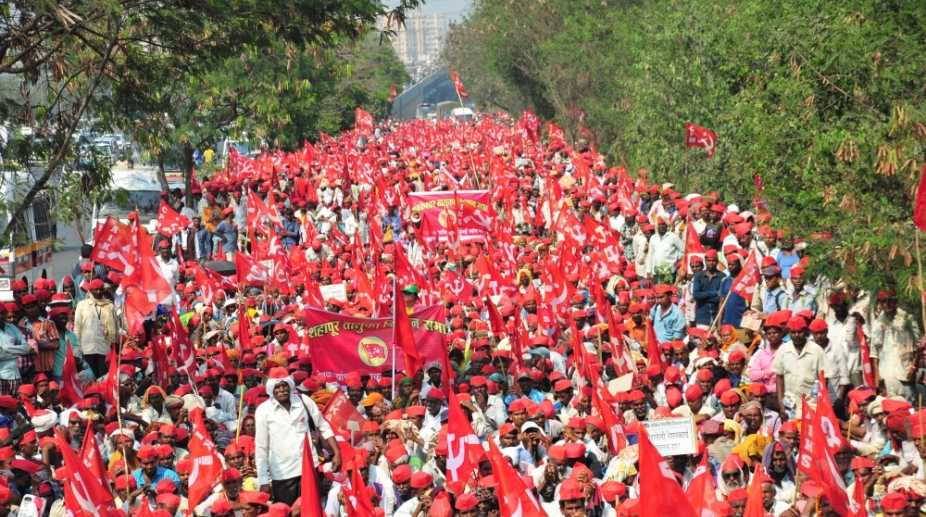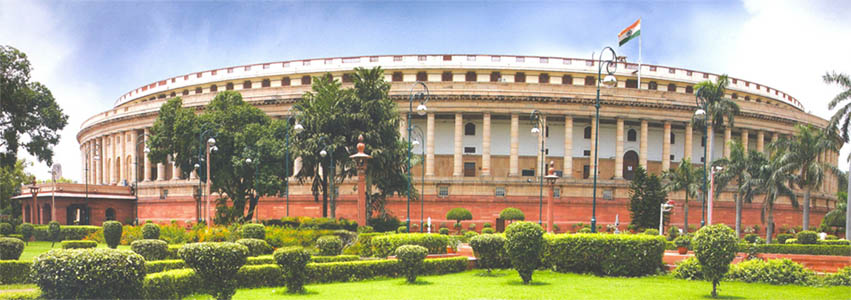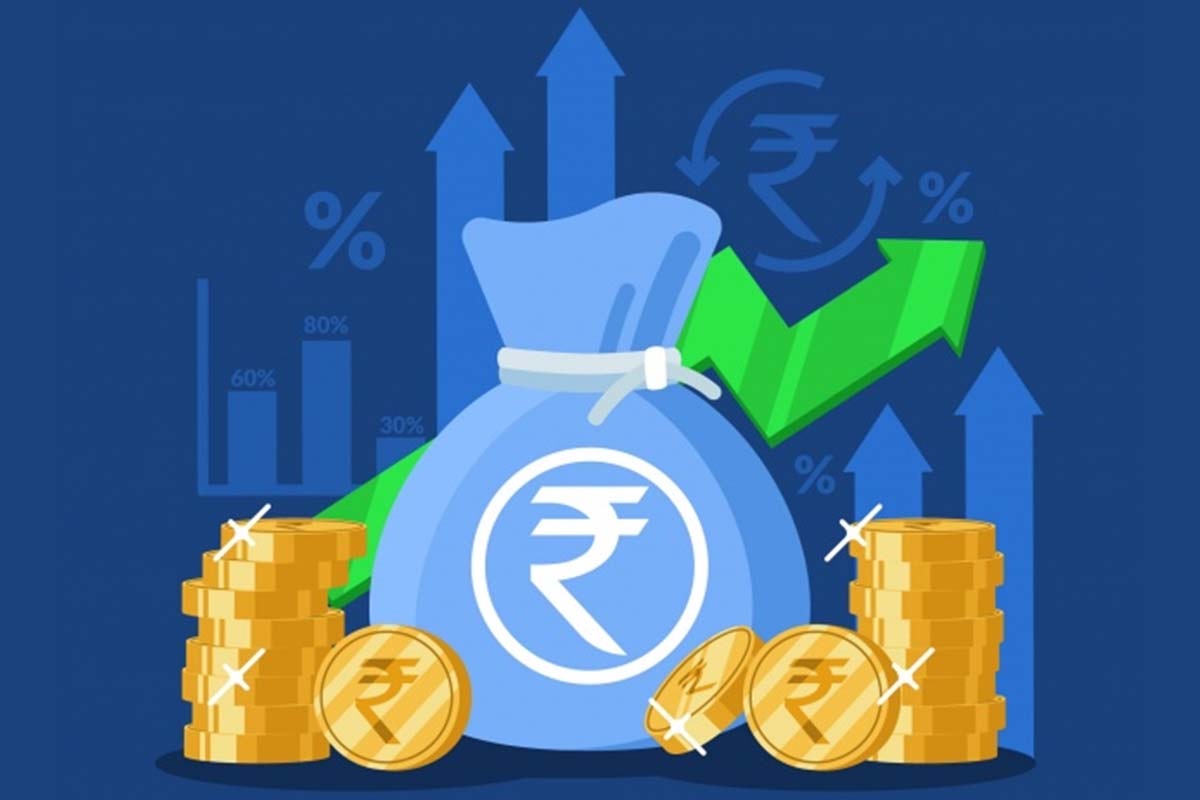p.p1 {margin: 0.0px 0.0px 0.0px 0.0px; text-align: center; font: 12.0px ‘Times New Roman’; -webkit-text-stroke: #000000}
p.p2 {margin: 0.0px 0.0px 0.0px 0.0px; text-align: justify; font: 12.0px ‘Times New Roman’; -webkit-text-stroke: #000000}
p.p3 {margin: 0.0px 0.0px 0.0px 0.0px; text-align: justify; font: 12.0px ‘Times New Roman’; -webkit-text-stroke: #000000; min-height: 15.0px}
p.p4 {margin: 0.0px 0.0px 0.0px 0.0px; text-align: justify; font: 10.0px ‘Times New Roman’; color: #0433ff; -webkit-text-stroke: #0433ff}
p.p5 {margin: 0.0px 0.0px 0.0px 0.0px; text-align: justify; font: 10.0px ‘Times New Roman’; -webkit-text-stroke: #000000; min-height: 11.0px}
p.p6 {margin: 0.0px 0.0px 0.0px 0.0px; text-align: justify; font: 10.0px ‘Times New Roman’; -webkit-text-stroke: #000000}
span.s1 {font-kerning: none}
span.s2 {font: 8.0px ‘Times New Roman’; font-kerning: none}
span.s3 {font-kerning: none; color: #2b2b2b; -webkit-text-stroke: 0px #2b2b2b}
span.s4 {font-kerning: none; color: #000000; -webkit-text-stroke: 0px #000000}
span.s5 {font: 10.0px ‘Times New Roman’; text-decoration: underline ; font-kerning: none; -webkit-text-stroke: 0px #0433ff}
span.s6 {font: 10.0px ‘Times New Roman’; text-decoration: underline ; font-kerning: none; color: #0433ff; -webkit-text-stroke: 0px #0433ff}
Santosh Verma

SA Aiyar wrote an article in the Times of India (8th April, 2018) and its title was ‘Farmer agitations reflect clout more than distress’. Aiyar’s article argues that Indian peasantry is not in distress, but it is farmers’ “clout”. The Cambridge Dictionary puts the word ‘clout’ as ‘power and influence over other people or events’. It seems, Mr. Aiyar pushes the argument that the farmers in the recent march from Nasik to Mumbai were showing their muscle power to the government. So, if they can show up power and influence in such a way, they cannot be in distress. He further ribs into it and says that farmers purposely do agitations to get freebies and once their demands are met they go for another agitation. People who breathe neo-liberalism can’t realise the tenuous situation in agriculture in the era of WTO’s Agreement on Agriculture (AoA) is forcing governments to roll back whatever meagre subsidies and price support farmers are getting. These all are resulting into increase in cost of cultivation and rising dependence on market for both pre and post-harvest situations. It invites fluctuations in the prices of agricultural produce pushing the farmers into a cobweb of uncertainty. In the post-harvest situation, when prices in the market fluctuate, non-availability of procurement services and warehouses lead the farmers into distress sale that ignites the agrarian distress. It is not as such that only small and marginal farmer are facing long term downward cascading effect, but the relatively larger farmers also are under bridling effect of distress. Given the circumstances, one can certainly imagine the deteriorating situation of agricultural labourers who widely depend on wages for their livelihood.
Facts Speak Distress
How Agriculture, where around half of the workforce is involved for livelihood, is being abandoned, one can find a clue from the fact that between 2012 to 2018, total expenditure as a proportion of GDP for the Ministry of Agriculture and Farmers Welfare (MoAFW) is only 0.3 percent annually (Source: CBGA, 2018; Of Hits and Misses). Under the MoAFW the departments included are Department of Agriculture, Cooperation and Farmers Welfare; Department of Animal Husbandry, Dairying and Fisheries and Department of Agricultural Research and Education. One may ask a question whether this meagre expenditure is sufficient for such a large sector. One may get answer looking at the above statistics whether the agitations are due to farmers’ clout or distress.
On Agricultural Credit
Mr. Aiyar claims that non-performing bank loans (NPAs) for agriculture have risen from 2 percent to 6 percent, but he didn’t mention any time period. He says that only large farmers get bigger loans and small and marginal farmers get little of it. But here, what he misses is as the fallowing: First, Ramakumar and Chavan (2014) found that a major proportion of farm credit goes to agribusiness and corporate involved in agriculture. This is due to change in the definition of the agricultural credit which says to include credits to corporates and agri-business institutions as well as development of warehouses for procurement in the urban areas. These also include credit to trade and export promotion of agricultural produce.
The agricultural credit is divided into two parts i.e. direct and indirect. Direct credits are provided to farmers and indirect to the agribusiness and other institutions pursuing agricultural production. Ramakumar and Chavan further stressed that of the total agricultural credit, the share of rural areas was 37.9 percent whereas 62.1 percent of it went to semi-urban, urban and metropolitan areas in 2011. In the same year, total direct credit to agriculture in rural areas was 43.2 percent whereas 55.8 percent of the direct credit went to semi-urban, urban and metropolitan areas. The total indirect credit to the rural areas in 2011 was 13.6 percent and the rest (86.4 percent) went to semi-urban, urban and metropolitan areas. So, it is clear from the above facts that a large part of agricultural credit is going to urban centres (to agribusiness and corporates) and not to farmers. Now the question arises who is defaulting, farmers or the agribusiness and the corporates, is a subject of further investigation. To say, that the default of agricultural loan is due to farmers’ not paying back of their part of credit is a misleading fact. Second, Raghumunda et al. (2017) found in their study that in 2016 out of total 77 million agricultural credit accounts around 39 million (50.65 percent) were those accounts which were held by the small and marginal farmers (holdings up to 2 hectares) for direct credit loans. The same study revealed that out of the total direct agricultural credit (8.95 lakh crores) in the country, around 40.5 percent (3.6 lakh crores) were disbursed to small and marginal farmers in 2016. Of these 3.6 lakh crores, around 2.7 lakh crores (75 percent were crop loans). Though in total, the small and marginal farmers constitute around 59.5 percent of the total rural households and hold around 51.3 percent of the total land according to the NSSO’s 59th round land and livestock survey (Rawal, 2008); of course, they get lesser credit than their proportion of both in terms of rural households and landholdings, but a significant amount of credit is disbursed to these farmers. If large farmers are getting larger share of credit and small farmers get little of it is largely due to the fault of banking system itself that they have such a bona fide and mala fide criterion of credit disbursal system that most of the marginalised farmers are excluded from it. One can easily understand that merely getting agricultural credit is not enough to come out of distress; and for that there is a dire need of macroeconomic and institutional mechanism which can provide better pre and post-harvest support to the farming communities to avoid growing agrarian distress.
On Farmers’ Suicides
One of the major claims of Aiyar’s article is that the suicides by the farmers and agricultural labourers are declining, and in the very sector suicides are lesser than the other sectors of the economy. The National Crime Record Bureau (NCRB) records the suicides data, but a major issue, here, is that the farmers’ suicides are not being recognised officially and politically. Another important fact is change in definition of the farmers’ suicides by the NCRB in 2013. In its Accidental Death and Suicides in India (ADSI) report, it claims that “the suicides committed by persons self-employed in agricultural activities do not necessarily means suicides committed by farmers only”. Now, the NCRB defines a farmer as ‘who own and work on field’. So, onwards, 2014, the NCRB is showing lesser number of farmers committing suicides as they excluded the suicides by the agricultural labourers i.e. normally who own less than 1 hectare of land. Also, in many states of India where tenancy is a common practice, but actually the tenant farmers committing suicides are excluded to be counted as farmers’ suicides by the current definition of the NCRB. So, if a whole lot of agricultural labourers and tenant farmers committing suicides are not counted as farmers’ suicides by the NCRB, the number of suicides would obviously be going down than what actually the suicides numbers would be.
Whether Cash Support
The WTO’s AoA asks for abolition of “market distorting subsidies” which comes under the “Green Box Subsidies”. It says that these subsidies should not exceed 10 percent of the total value of production in the farm sector (agricultural GDP). In India, government does not provide subsidies to the farmers more than what it was asked under the AoA. But, all these subsidies provided to the farmers come into the absurd category of “market distorting subsidies” which primarily include remunerative prices to farmers and cheap farm inputs etc. Going with the whims of WTO and the western world, some of the neo-liberal breathing intellectuals have started propagating for cash support to the farmers in India. This support is on the side-line of United States direct cash support to the farmers where only 1.1 percent of the population (around 4 lakh households) depend on agriculture. In India, Telangana state has become the first to start such scheme providing Rs. 4000 per acre (Rs. 10000 per hectare) twice annually to the farmers from this year. For a moment, suppose such policies are accepted for the farmers in India where around 12 crores households are dependent on agriculture, how far adopting such policies, would not be imprudent (Patnaik, 2018). Here, a wiser way would be to continue with maximum price support to the farmers which will provide relief to both farm producers and consumers as well.
Concluding Remarks
The agrarian distress in India is due to both structural as well as policy level bottlenecks. The land reform, tenancy reform and consolidation of holdings which were aimed for equitable distribution of land could only materialise partially and that too in few states. The added misery of neo-liberal reforms, bending down to WTO regime and forceful application of FRBM act abandoned agriculture at policy level. These all led to agrarian distress in the recent past forcing the farmers to take their grievances to the streets. The solution lies in going to the basics of welfare of rural communities through provision of good seeds, fertilizers, agri-implements, cheap direct credit through expanded rural banking facilities, government expenditure on R&D in agriculture, public funded procurement services and price support to the farmers. And last, but not the least, farmers’ welfare schemes are not freebies- it should be clear to all.
References
Patnaik, Prabhat (2018): “The WTO and Agricultural Subsidy”, Peoples Democracy, Vol. XLII, No. 15, April 15.
Rawal, Vikas (2008): “Ownership Holdings of Land in Rural India: Putting the Record Straight” Economic and Political Weekly, March 8.
The author is Assistant Professor at Tata Institute of Social Sciences, Hyderabad



